
Hanoi (VNA) – Vietnam has established itself as a bright spot in the global economy, an achievement that received substantial contributions from the agriculture sector.
In 2022, the country posted an economic growth rate of 8.02%, while this year’s target is 6 – 6.5%, amid numerous difficulties facing the global economy.
Last year’s economic expansion saw substantial contributions from the agriculture sector, whose value increased 3.36%. Agro-forestry-aquatic product exports surpassed 53 billion USD, resulting in a trade surplus of 8.5 billion USD or over 75% of the economy’s total trade surplus.
Meanwhile, 73% of all communes and nearly 260 of the 705 district-level localities nationwide completed building new-style rural areas.
Agriculture has crucial role to play in economic development
The agriculture sector has clearly shown its role as a “pillar of support” for the entire Vietnamese economy since the beginning of the Party’s 13th tenure. In particular, when the COVID-19 pandemic broke out, it became the main pillar of the economy thanks to its considerable contributions to GDP growth, food security, and settlement of many social issues.

Deputy Minister of Agriculture and Rural Development Phung Duc Tien affirmed that more than a “pillar of support”, agriculture has served as an important growth driver for the national economy.
In 2022, the country produced 42.66 million tonnes of paddy with high productivity – over 6 tonnes per hectare, continuing to meet domestic and export demand. The sector’s export revenue hit 53.22 billion USD for the first time, up 9.3% from 2021.
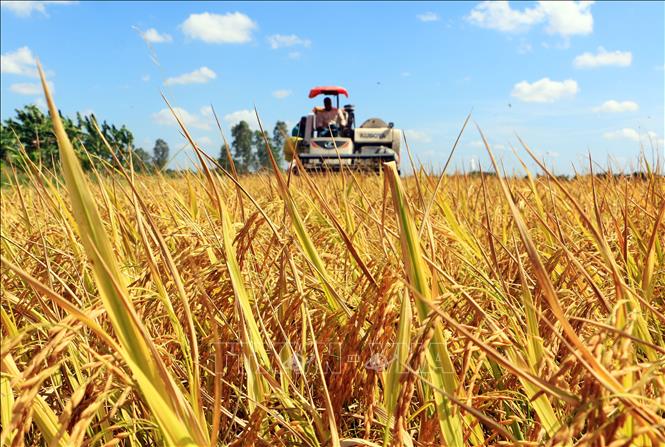
Among export commodities, 11 groups posted an export turnover of more than 1 billion USD, eight groups with over 2 billion USD (coffee, rubber, rice, fruits and vegetables, cashew nuts, shrimp, tra fish, and wood products), and seven others with over 3 billion USD.
Converting from agricultural production to agricultural economic model
Exporters of agricultural, forestry, and aquatic products have changed their mindset. Instead of focusing only on quantity, they have paid more attention to quality and product value to serve higher-level markets in order to benefit both businesses and farmers.
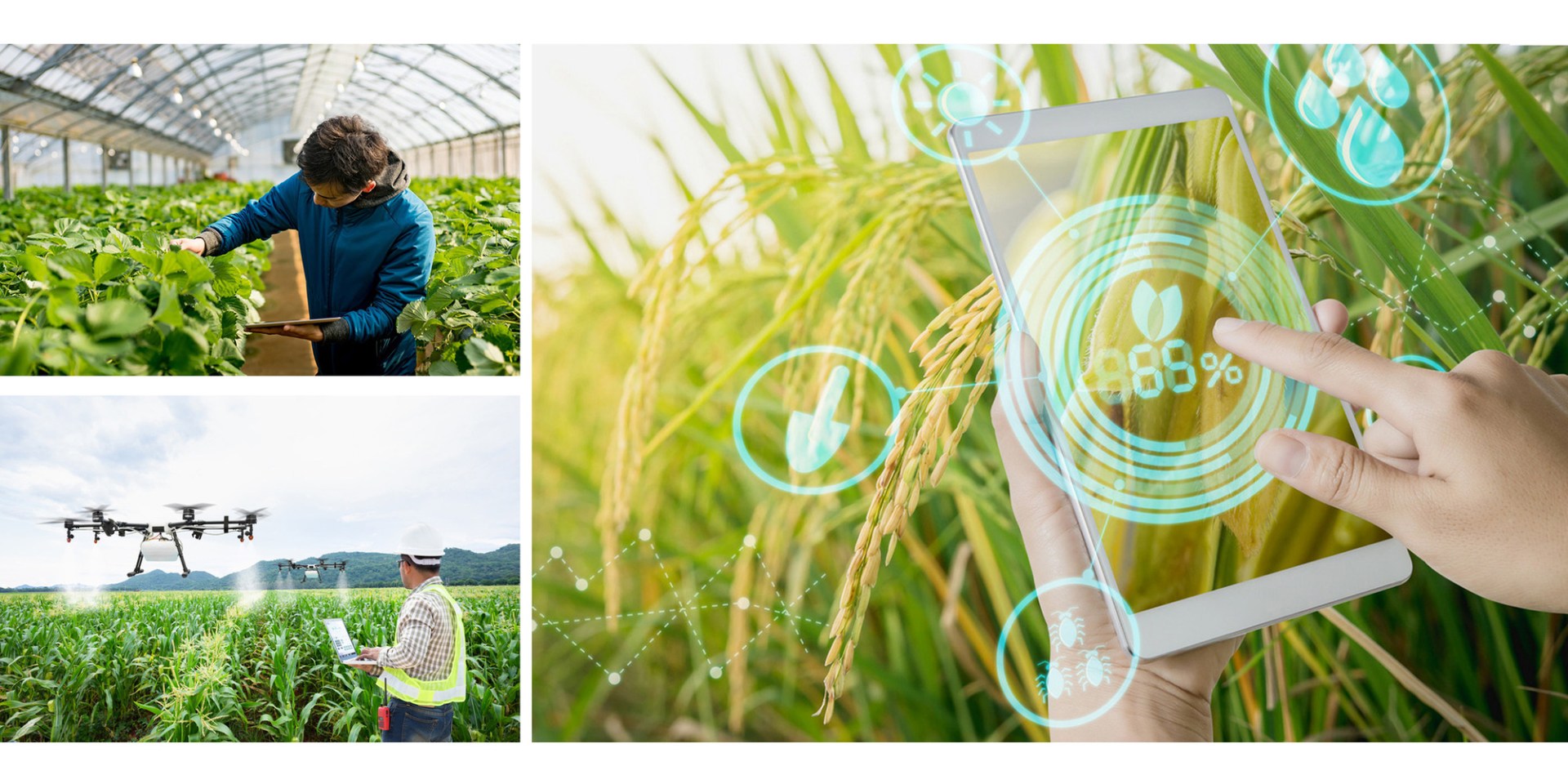
High-quality rice currently makes up 80 – 90% of the country’s total rice export volume.
Last year, nearly 7.3 million tonnes of milled rice worth 3.54 billion USD was shipped abroad, rising 16.3% in volume and 6.9% in value from 2021. This was a record revenue thanks to soaring prices.
Vietnam’s rice export prices averaged 485 USD per tonne, the world’s highest. The Vietnam Food Association attributed the high export prices to the shift to fragrant and high-quality rice varieties such as ST24, SR25, and OM18.
Meanwhile, aquatic product shipments also hit a record of 11 billion USD in 2022, up 23.5% from the previous year.
Asia made up 44.7% of Vietnam’s agro-forestry-aquatic product exports, followed by the Americas 27.4%, Europe 11.3%, Oceania 1.7%, and Africa 1.7%. The US was still the biggest importer with 13.3 billion USD in value (or 25% of the total) while China 10.05 billion USD (18.9%), Japan 4.2 billion USD (7.9%), and the Republic of Korea 2.5 billion USD (4.7%), data showed.
Amid the COVID-19 pandemic, agriculture has affirmed its role and stature in the national economy, according to Minister of Agriculture and Rural Development Le Minh Hoan.
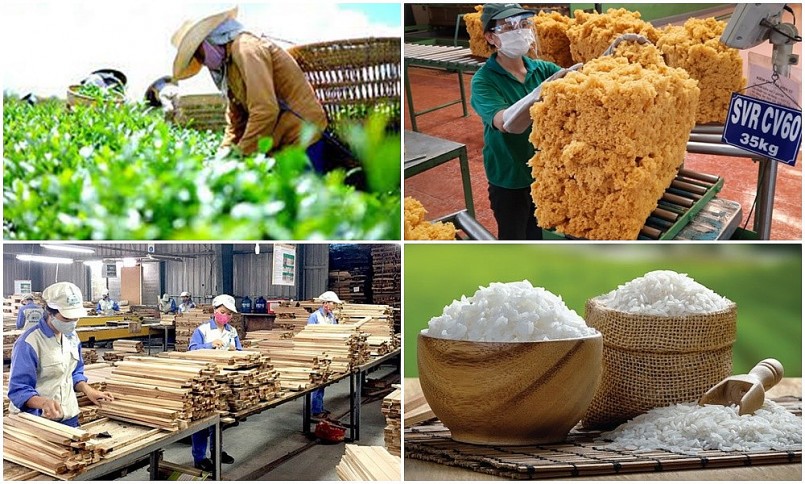
Improving rural infrastructure, people’s life quality
With its development sustained amid the trying times of the economy, the agricultural sector has not only helped boost economic growth but also proved critical to the life of tens of millions of farmers and rural residents, along with tens of millions of labourers in the sector.
The national target programme on building new-style rural areas has continued to be promoted and gained encouraging results. About 73.06% of the nearly 10,600 communes nationwide and 255 of the 705 district-level localities have completed building a new-style countryside.
The programme for the 2021 – 2025 added some standards on advanced and model new-style rural areas, and those on new-style countryside for hamlet-level localities.
While the national target programme for 2010 – 2020 focused on giving a facelift to rural areas nationwide through infrastructure development, the one for the 2021 – 2025 period targets sustainable improvement of rural residents’ life quality and income.
Local residents play a critically important role and also form the main stakeholder in rural development. During the new-style countryside building process, people have been benefiting from development achievements.
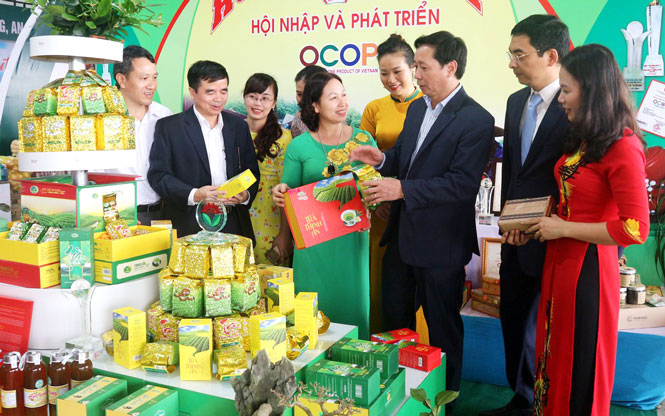
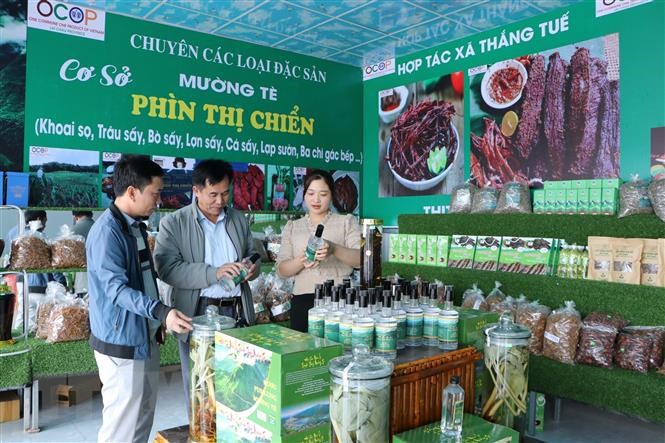


Under the One Commune, One Product (OCOP) progamme, localities across the country have assisted people, businesses, and cooperatives to boost creating OCOP products. This programme has substantially helped with the development of key local products, job creation, and income improvement for rural residents.
In addition, rural households have also benefited from increasingly improved water quality, with 97.4% accessing hygienic water sources. With the rate of rural households gaining power access reaching 99.5%, there are almost no considerable differences in this regard between urban and rural areas./.